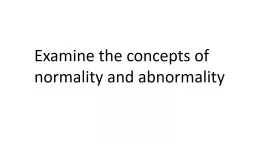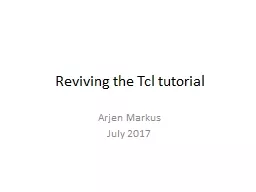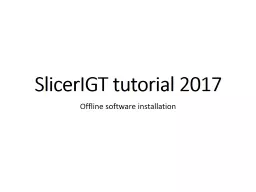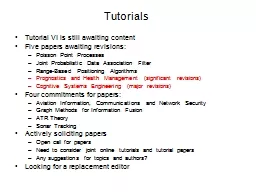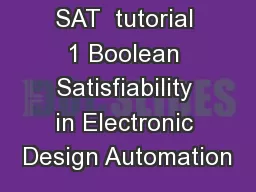PPT-This tutorial will provide an opportunity to examine the different steps that are required
Author : experimentgoogle | Published Date : 2020-06-22
Click Here to Begin Understanding How a US Federal Bill Becomes a Law Created by Laura Chamberlain During this tutorial you will be spending time looking at the
Presentation Embed Code
Download Presentation
Download Presentation The PPT/PDF document "This tutorial will provide an opportunit..." is the property of its rightful owner. Permission is granted to download and print the materials on this website for personal, non-commercial use only, and to display it on your personal computer provided you do not modify the materials and that you retain all copyright notices contained in the materials. By downloading content from our website, you accept the terms of this agreement.
This tutorial will provide an opportunity to examine the different steps that are required: Transcript
Download Rules Of Document
"This tutorial will provide an opportunity to examine the different steps that are required"The content belongs to its owner. You may download and print it for personal use, without modification, and keep all copyright notices. By downloading, you agree to these terms.
Related Documents



